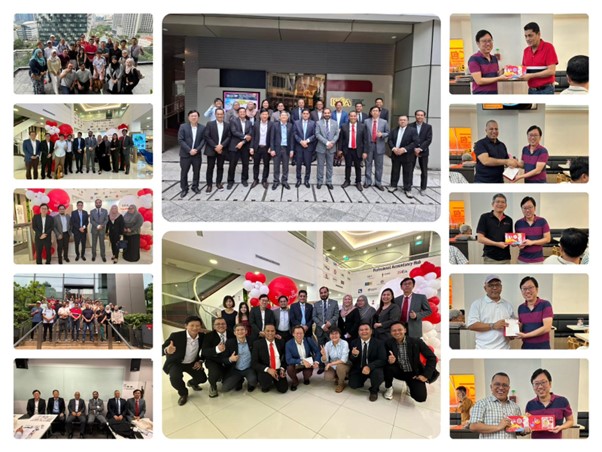Impact and Scope of the AMLR
The Anti-Money Laundering Regulation (AMLR) represents a significant shift from directives to direct application, ensuring uniform enforcement across the EU. It applies to a wide range of financial and non-financial “obliged entities,” including accountants, auditors, and tax advisors.
The legislation came into effect on 9 July 2024 and will be fully applicable from 10 July 2027, providing professionals with a transition period to review and adapt their policies and procedures. Given the extensive scope and detailed requirements of the AML rules, early preparation is essential to ensure smooth compliance.
Key Requirements
Stronger Governance and Compliance Responsibilities
The AMLR mandates a robust internal control framework, requiring:
✔ Clearly defined policies, procedures, and controls
✔ Comprehensive risk assessments
✔ An independent audit function
✔ Appointment of compliance managers and officers, with specific responsibilities and protections against retaliation
Enhanced Customer Due Diligence (CDD)
While the AMLR builds on existing CDD obligations from the 4th AML Directive, it introduces key changes, including:
???? Lowered transaction threshold for triggering CDD from €15,000 to €10,000 for occasional transactions
???? Limited CDD required for cash transactions of €3,000 or more (applies to both individual and linked transactions)
???? Clearer guidelines on three levels of due diligence:
- Standard CDD: Identifying and verifying customers and beneficial owners, understanding business relationships, and monitoring transactions
- Simplified Due Diligence (SDD): Allowed for low-risk scenarios, with reduced scrutiny
- Enhanced Due Diligence (EDD): Required in high-risk situations, such as transactions involving Politically Exposed Persons (PEPs), requiring deeper scrutiny and additional information
New Outsourcing Restrictions
The AMLR clearly distinguishes outsourcing from reliance on other obliged entities. Strict conditions now apply to AML/CFT outsourcing, with certain critical compliance tasks prohibited from being outsourced.
Greater Transparency in Beneficial Ownership
The regulation strengthens due diligence requirements for identifying beneficial owners, clarifying ownership structures with:
???? A 25% ownership threshold for determining beneficial ownership in corporate entities
???? Mandatory verification of whether beneficial owners are subject to targeted financial sanctions (TFS)
Expanded Definition of Politically Exposed Persons (PEPs)
The AMLR broadens the definition of PEPs to include:
???? Heads of regional and local authorities, as well as groupings of municipalities and metropolitan regions
???? Siblings of high-ranking officials, including heads of state, government leaders, ministers, and equivalent EU or foreign officials, who are now classified as family members under AMLR rules
EU-Wide Ban on Large Cash Payments
To combat illicit financial activities, the AMLR imposes a €10,000 cap on cash payments, whether for single or linked transactions. Member States may set lower thresholds at their discretion.




